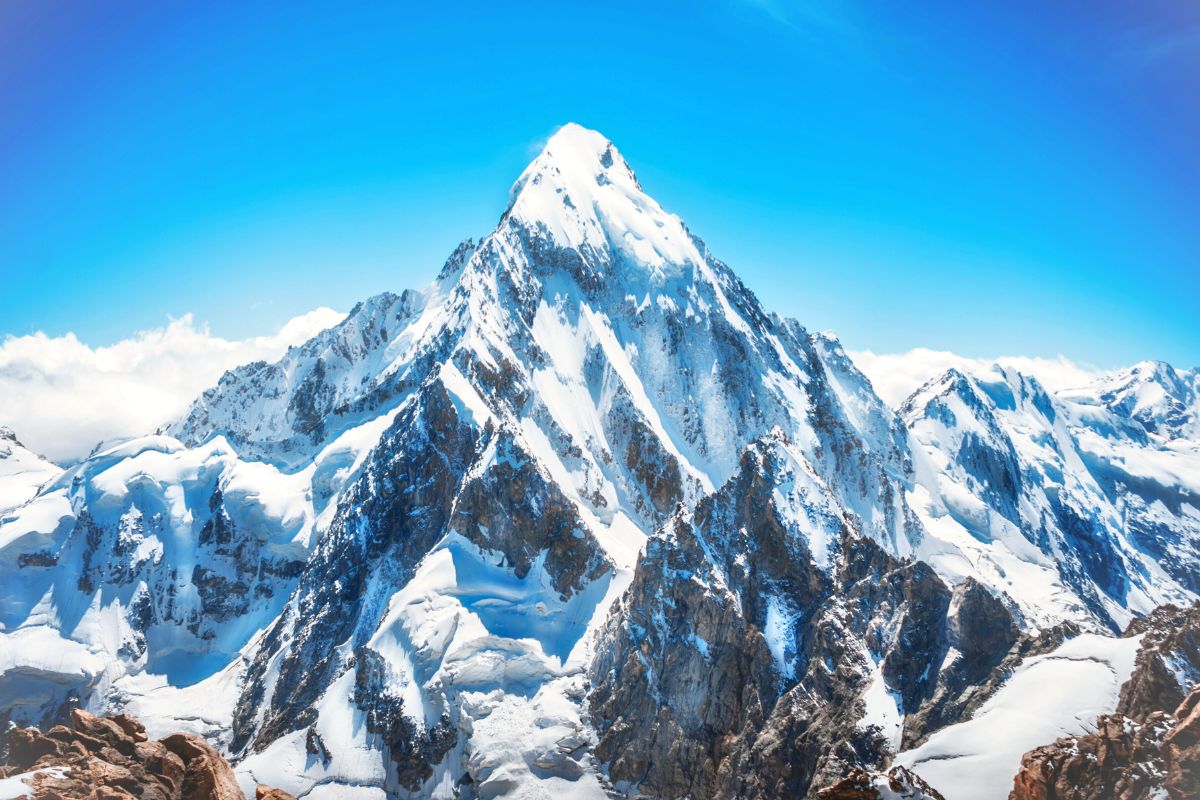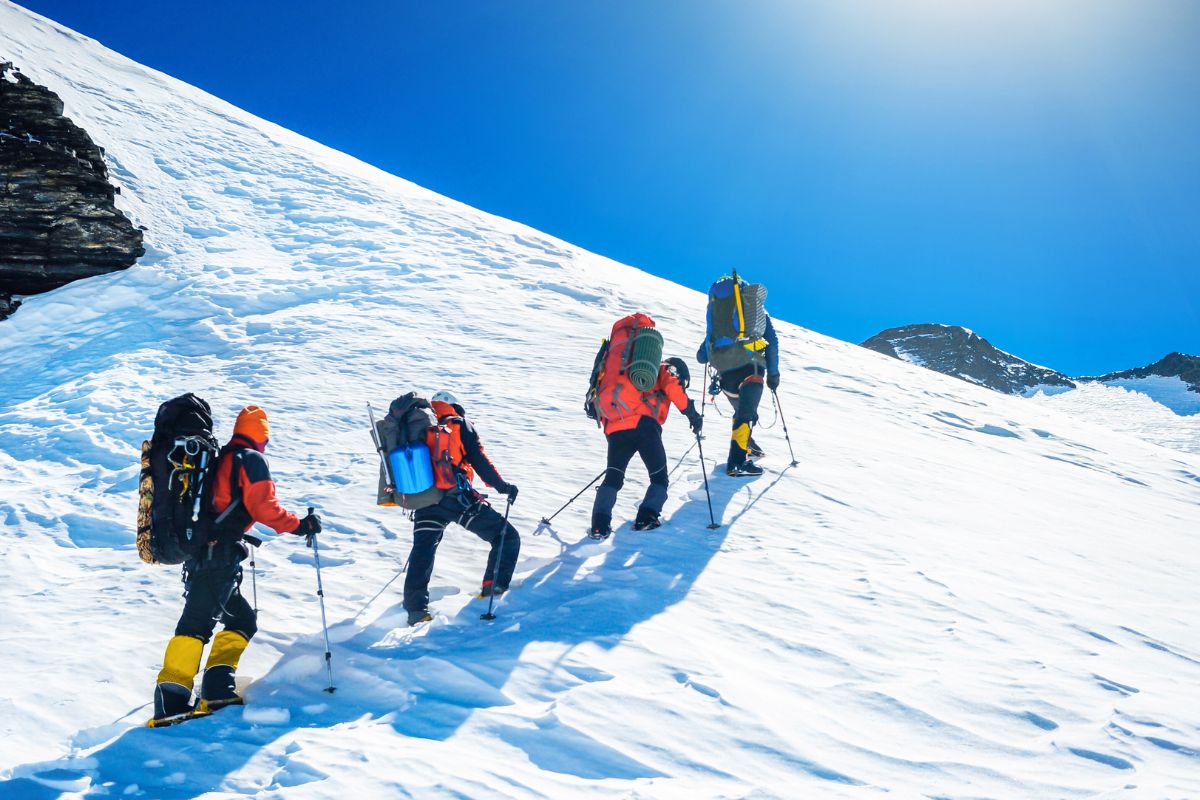Ever dreamt of scaling the world’s highest peak? Dust off your crampons, because for the first time since the pandemic, China has reopened access to Mount Everest via the Tibetan side!
This legendary mountain, known as Qomolangma in China, beckons adventurous souls with its breathtaking beauty and heart-stopping challenges.
Planning Your Everest Expedition

While the allure of Everest is undeniable, attempting its summit requires meticulous planning, especially when climbing from the Tibetan side.
Unlike Nepal, where permits are readily available through government channels, permits for the Chinese route are distributed by the China Tibet Mountaineering Association (CTMA).
There’s no official announcement from the Chinese government about permits – you’ll know the season is open when the CTMA releases its price list.
This list details the costs for everything you’ll need, from yak rentals (they carry your gear, not you!) to local guides, translators, and transportation from Lhasa to Everest Base Camp.
Remember, scaling Everest isn’t just about physical fitness; it requires bureaucratic finesse too.
Foreign climbers need two permits: a standard Chinese tourist visa and a separate permit specifically for Tibet, a semi-autonomous region. Luckily, the CTMA can assist you with obtaining both.
Here’s another thing to keep in mind: there are only 300 permits available for non-Chinese climbers each year. The competition can be fierce, so get your application in early, especially if you have your heart set on a specific climbing window.
Speaking of windows, the sweet spot for conquering Everest is narrow – typically between late April and mid-May. So, mark your calendars and start training!
North Face vs. South Face

Traditionally, the south side of Everest in Nepal has been the more popular climbing route. The Khumbu Icefall, the treacherous section on the south side, may be notorious, but its iconic status and well-established infrastructure make it a familiar challenge for experienced climbers.
However, the Chinese north face wasn’t always the underdog. Between 2000 and 2007, it was actually the preferred route! Many climbers considered it to be safer, with a more gradual ascent and less exposure to the elements.
So, what caused the shift? Believe it or not, it has to do with the 2008 Beijing Olympics!
In a controversial move, Chinese authorities shut down the mountain entirely just before the Olympic torch relay was scheduled to reach the summit.
This left many climbers stranded and out of pocket, leading them to turn to the Nepali side in subsequent years.
Now, with China reopening the north face, adventure tourism might be on the cusp of another historical shift. Will the Tibetan route regain its former glory? Only time will tell.
But one thing’s for sure: for those seeking a unique and challenging Everest experience, the north face beckons once more.

